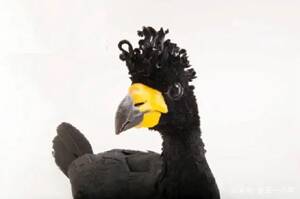
Crax daubentoni feeds primarily on the ground and flies up into trees when threatened. An animal that eats fruits, leaves, seeds, and small particles. They build nests on the ground, both male and female, and the female lays two eggs at a time.Listed on the International Union for Conservation of Na...
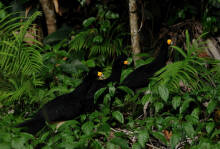
The Black Curassow (Crax alector) spends much of its day on the ground in search of insects, fruit and other plant matter.Listed on the International Union for Conservation of Nature (IUCN) 2016 Red List of Threatened Species ver 3.1 - Vulnerable (VU).Protect wild animals and eliminate wild meat.Mai...

The blue-billed pheasant (Crax alberti) is a species of pheasant endemic to Colombia.Blue-billed crested pheasants like to eat seeds, fruits and fruits of various plants, and occasionally eat insects and small vertebrates such as lizards.The male bird of the blue-billed crested pheasant is the leade...
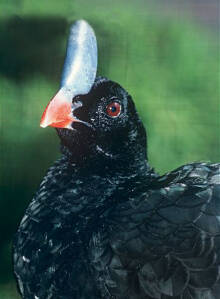
The Horned Curassow (Pauxi unicornis) was once divided into two subspecies, the named subspecies and the Peruvian subspecies. In 2014, the Peruvian subspecies was recognized as a separate species, the Peruvian Helmeted Pheasant. The difference between the two is that the Peruvian Helmeted pheasant i...

The common crested pheasant (Pauxi pauxi) is known by its foreign name Helmeted Curassow.Listed on the International Union for Conservation of Nature (IUCN) 2016 Red List of Threatened Species ver 3.1 - Endangered (EN).Protect wild animals and eliminate wild meat.Maintaining ecological balance is ev...
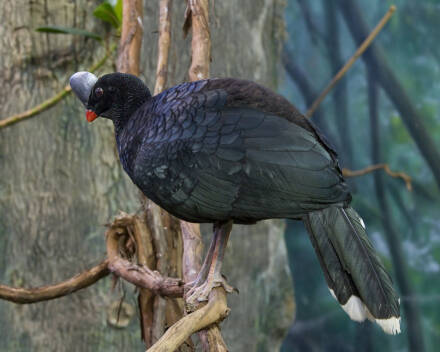
Sira Curassow (Pauxi koepckeae) was once a subspecies of the horned helmeted pheasant (Pauxi unicornis) in Peru, and was classified as a separate species in 2014.The chirp is a long phrase repeated every four seconds with three or four notes, with the first note being the loudest. The alarm is an ex...
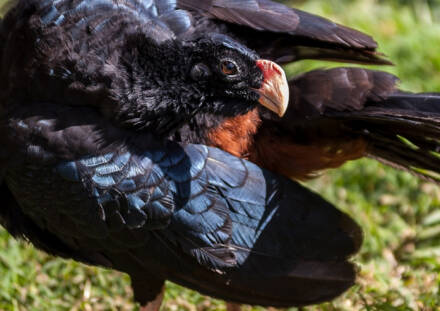
The Alagosian Curassow (Mitu mitu) is a relatively large black bird.The Alagoan helmet-billed pheasant was described in the early 17th century, but was not reported until 1951, when it was rediscovered in Alagoas, northeastern Brazil. The last known record of this species in the wild comes from an o...
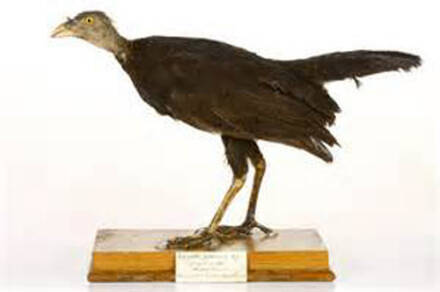
Talegalla jobiensis (Collared Brush-turkey) has two subspecies.Brown collar camp Megacanth alone and in pairs. Omnivorous, eating small invertebrates and a wide variety of foods on the forest floor. Shy and mysterious, but can perch in small trees and fly short distances, not long distances.The brow...
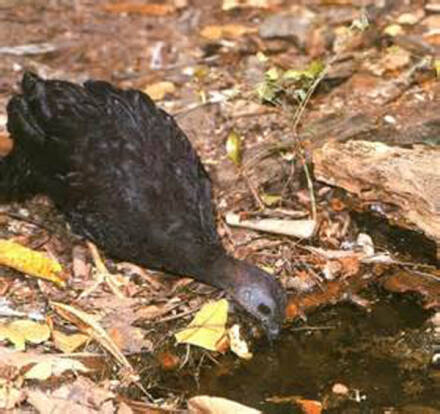
Talegalla fuscirostris (Black-billed Brush-turkey) has four subspecies.The black-billed camp Megacanth acts alone and in pairs. Omnivorous, eating small invertebrates and a wide variety of foods on the forest floor. Shy and mysterious, but can perch in small trees and fly short distances, not long d...
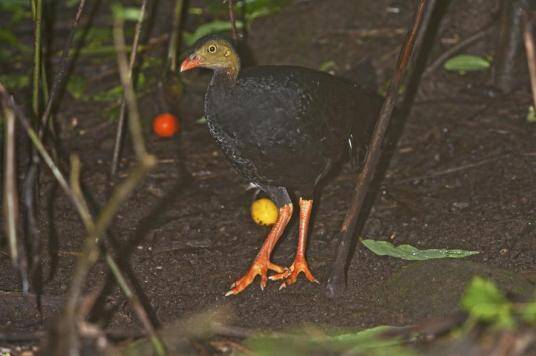
Talegalla cuvieri (Red billed Brush-turkey) has two subspecies.Red billed Camp Pheasants act alone and in pairs. Omnivorous, eating small invertebrates and a wide variety of foods on the forest floor. Shy and mysterious, but can perch in small trees and fly short distances, not long distances.They d...

Macrocephalon maleo (Macrocephalon maleo) is the only species of the genus Maleo with no subspecies differentiation. This is a timid and shy bird. Active at dawn and dusk, the temperament is withdrawn, often active alone, and rarely active in pairs even during the breeding season. Weak in flight, bu...
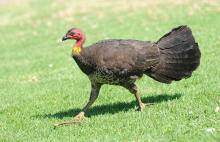
The Australian Brush-turkey pheasant (Alectura lathami) has two subspecies.The pheasant is omnivorous and apparently prefers plant foods, subsisting on seeds, grains, buds and roots.The tragopan raises its young in a special way. Instead of the female bird hatching the eggs, the father builds a huge...
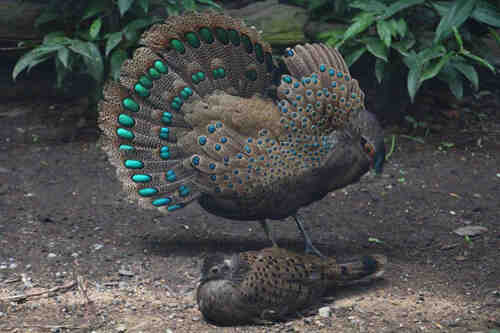
Hainan Peacock pheasant has no subspecies.Hainanese pheasants often move alone or in pairs, and will flee if disturbed. It rarely rises to the top of the tree and burrows into the dense branches. They perch on branches at night. Travel alone or in pairs, forage on the ground and spend the night in t...